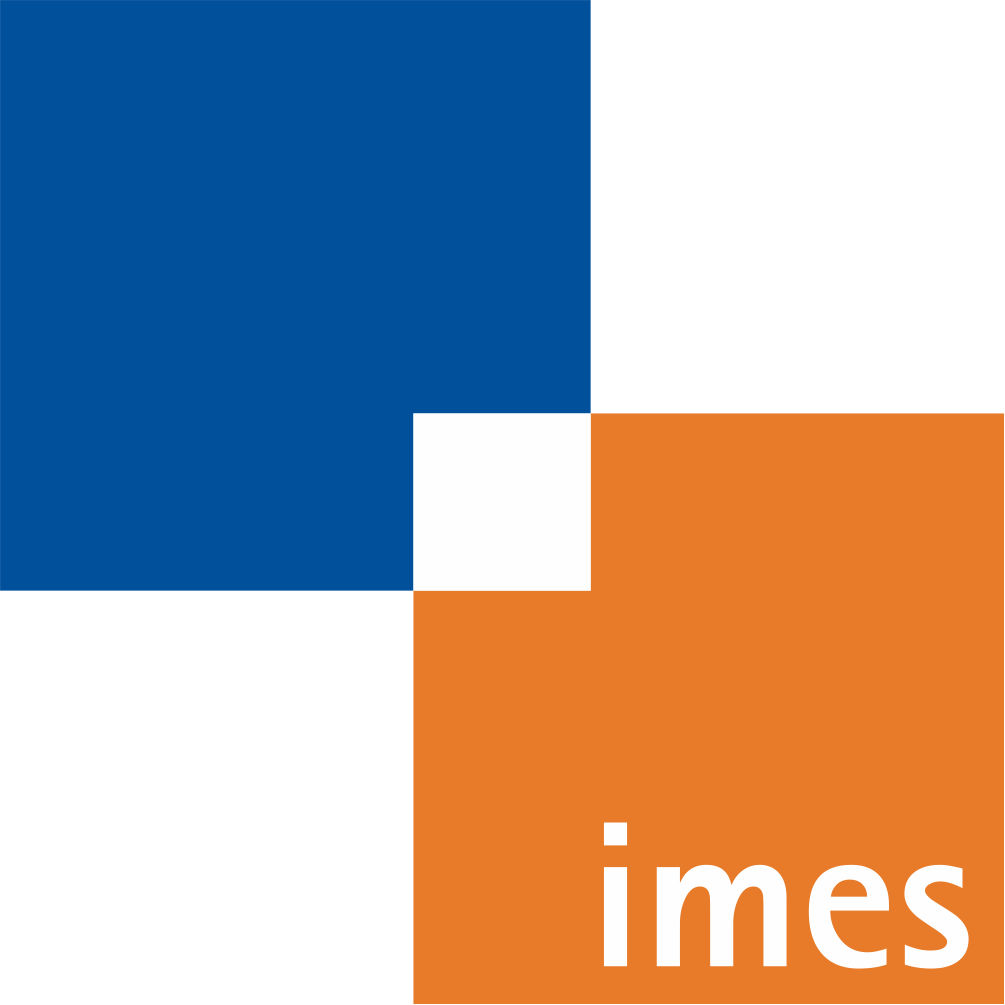Localization accuracy of sphere fiducials in computed tomography images
- verfasst von
- Jan Philipp Kobler, Jesús Díaz Díaz, J. Michael Fitzpatrick, G. Jakob Lexow, Omid Majdani, Tobias Ortmaier
- Abstract
In recent years, bone-attached robots and microstereotactic frames have attracted increasing interest due to the promising targeting accuracy they provide. Such devices attach to a patient's skull via bone anchors, which are used as landmarks during intervention planning as well. However, as simulation results reveal, the performance of such mechanisms is limited by errors occurring during the localization of their bone anchors in preoperatively acquired computed tomography images. Therefore, it is desirable to identify the most suitable fiducials as well as the most accurate method for fiducial localization. We present experimental results of a study focusing on the fiducial localization error (FLE) of spheres. Two phantoms equipped with fiducials made from ferromagnetic steel and titanium, respectively, are used to compare two clinically available imaging modalities (multi-slice CT (MSCT) and cone-beam CT (CBCT)), three localization algorithms as well as two methods for approximating the FLE. Furthermore, the impact of cubic interpolation applied to the images is investigated. Results reveal that, generally, the achievable localization accuracy in CBCT image data is significantly higher compared to MSCT imaging. The lowest FLEs (approx. 40 μm) are obtained using spheres made from titanium, CBCT imaging, template matching based on cross correlation for localization, and interpolating the images by a factor of sixteen. Nevertheless, the achievable localization accuracy of spheres made from steel is only slightly inferior. The outcomes of the presented study will be valuable considering the optimization of future microstereotactic frame prototypes as well as the operative workflow.
- Organisationseinheit(en)
-
Institut für Mechatronische Systeme
- Externe Organisation(en)
-
Vanderbilt University
Medizinische Hochschule Hannover (MHH)
- Typ
- Aufsatz in Konferenzband
- Publikationsdatum
- 2014
- Publikationsstatus
- Veröffentlicht
- Peer-reviewed
- Ja
- ASJC Scopus Sachgebiete
- Elektronische, optische und magnetische Materialien, Atom- und Molekularphysik sowie Optik, Biomaterialien, Radiologie, Nuklearmedizin und Bildgebung
- Elektronische Version(en)
-
https://doi.org/10.1117/12.2043472 (Zugang:
Geschlossen)
